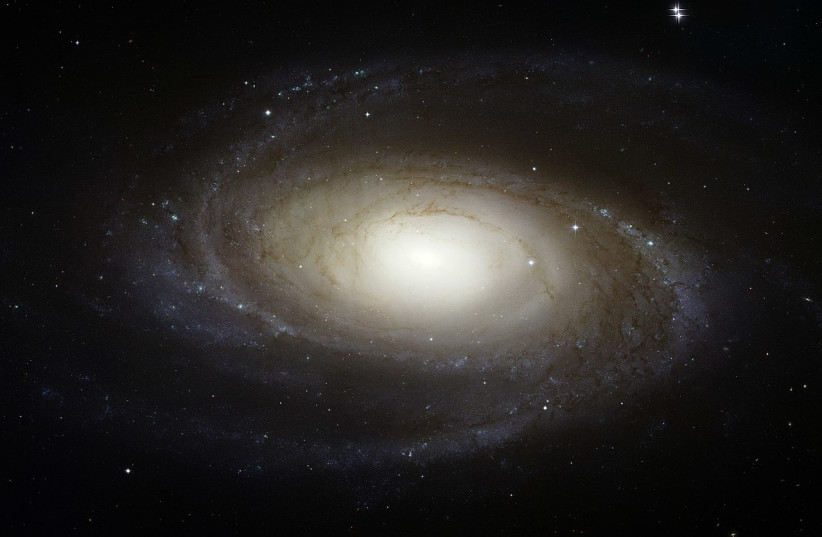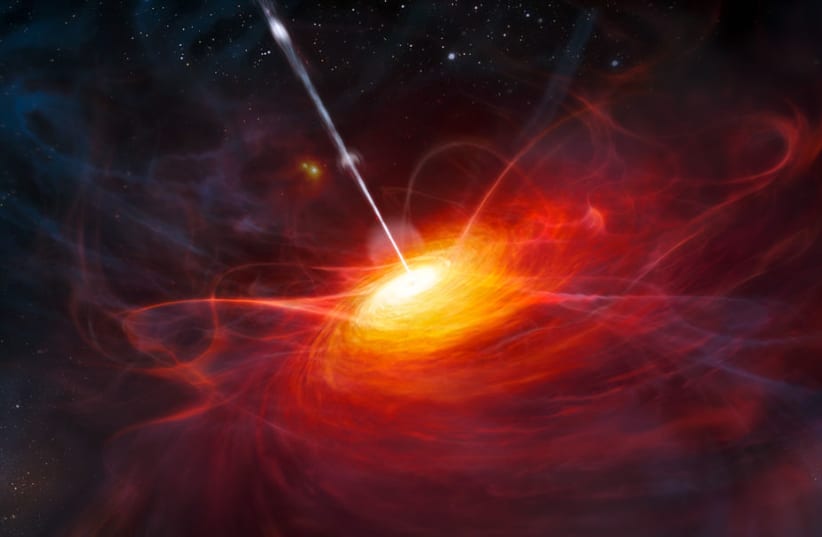Quasars, initially confused for stars, were discovered some six decades ago and had scientists puzzled as to their origins.
A new peer-reviewed article published in the Royal Astronomical Society journal claims to have discovered the source of quasars and their extreme luminosity. The article, which brought together researchers from the UK, Spain, Canada, the US, and Israel, relied on data from the Isaac Newton Telescope, located in the Canary Islands.
The research found that quasars are formed through the collision of two galaxies. Contrary to previous beliefs that the quasars are formed at the peak of a galactic collision, the researchers found that they are actually formed during the initial stages of collision.
Galactic black hole collision
At the center of most galaxies is a supermassive black hole. Additionally, there is a significant amount of gas orbiting them. During a galactic collision, this gas is forced into the middle of the colliding black holes. Just before the gas is consumed it releases incredible amounts of radiation - quasars- which appear to us as extremely bright stars.
Quasars are some of the brightest objects in the galaxy shining as brightly as a trillion stars. This brilliant luminescence conceals the darkness yet to come, as a quasar can drive the rest of the gas out of a galaxy, preventing the formation of new stars for billions of years.


The Milky Way, our own galaxy, is likely to collide with the Andromeda galaxy in around 5 billion years. Studying the effects of quasars will help us understand the fate of our own galaxy and is important in helping to further our understanding of the early universe. The characteristic brightness of quasars means they can be used to study the earliest eras of the universe over 13 billion years ago.
